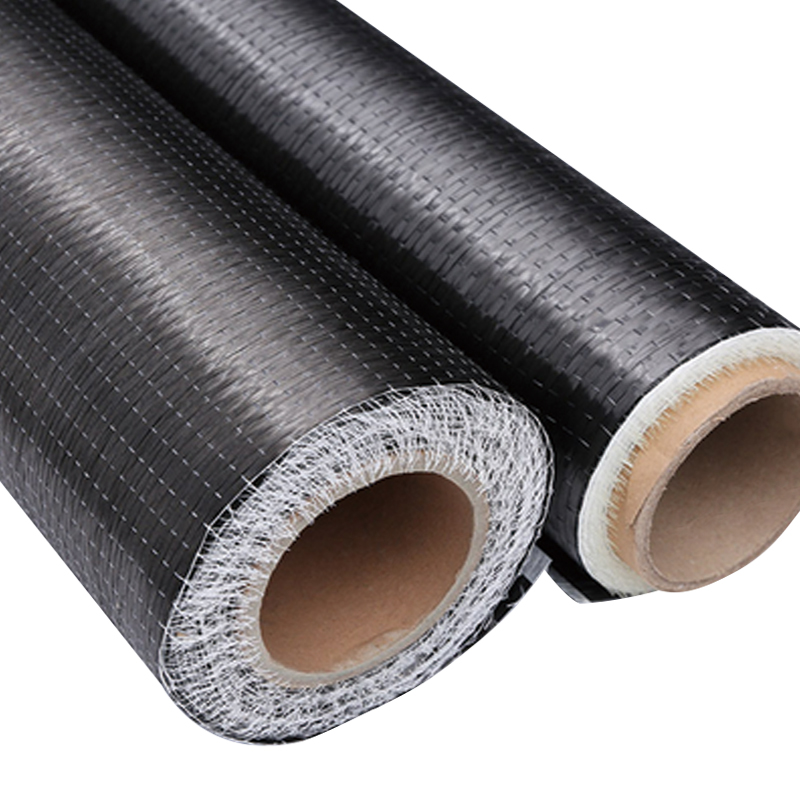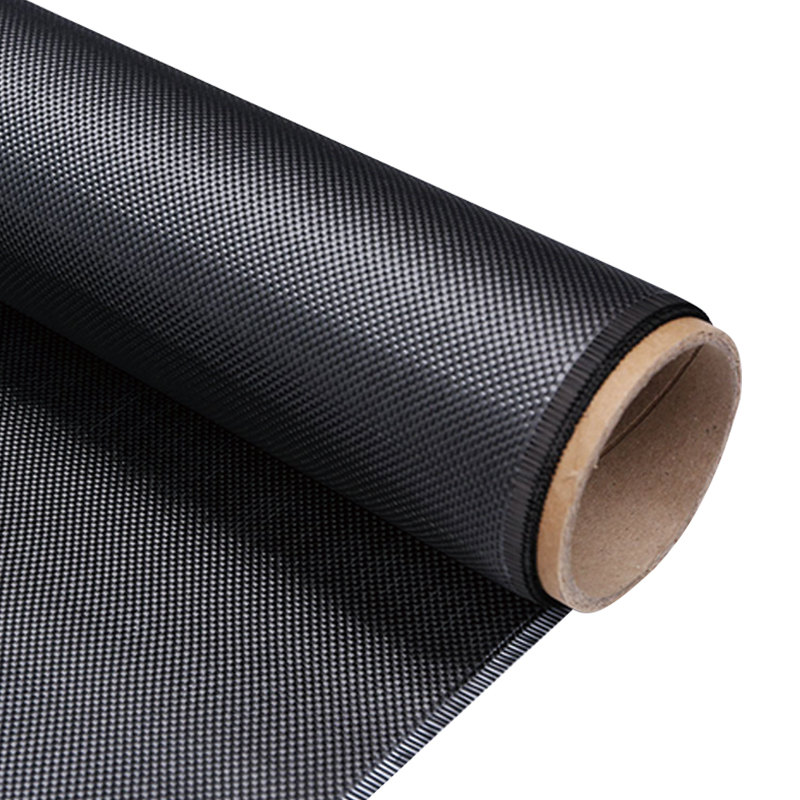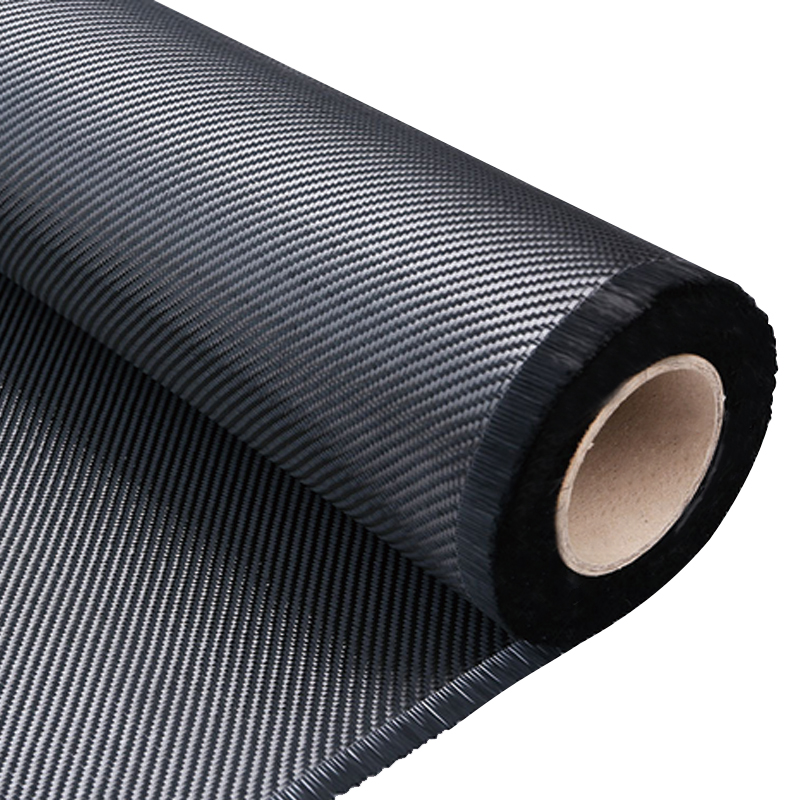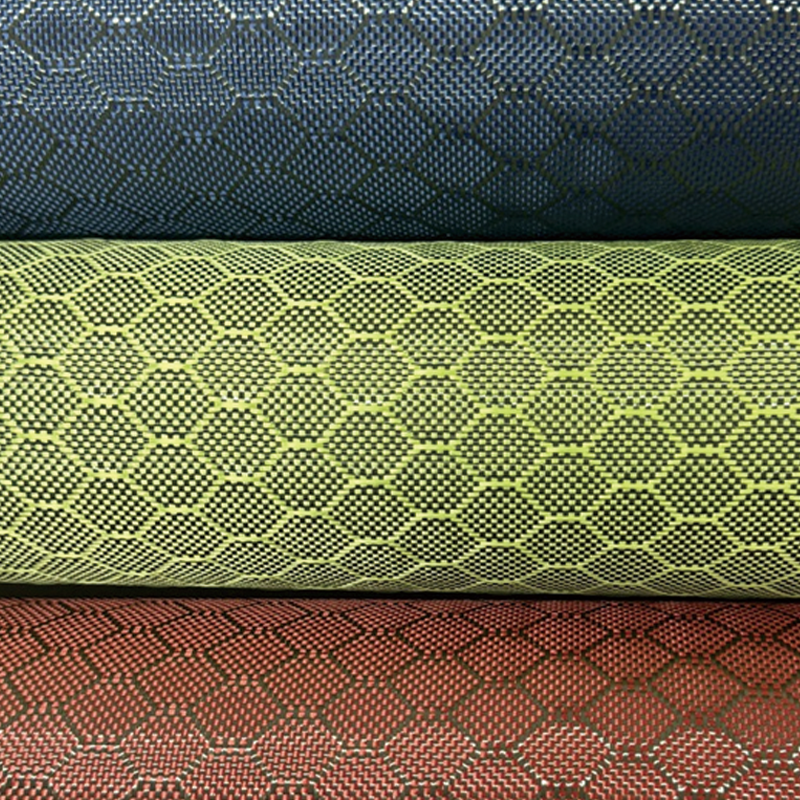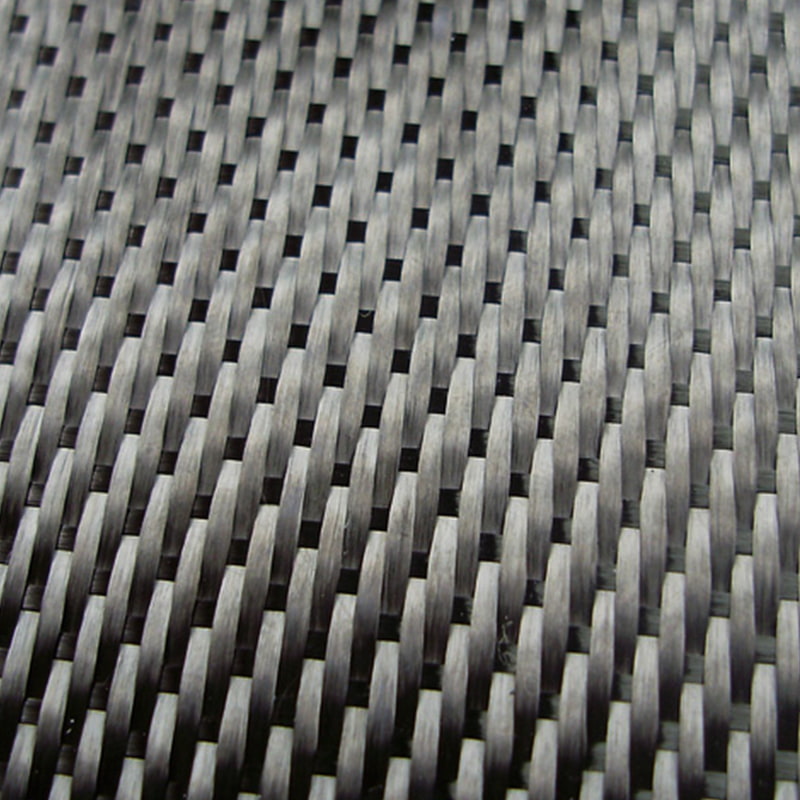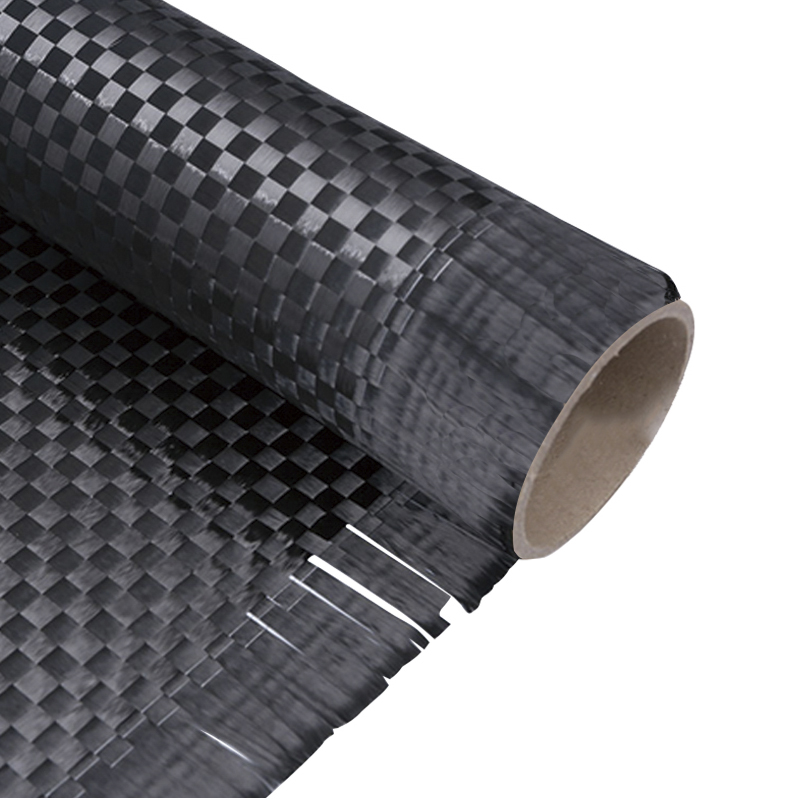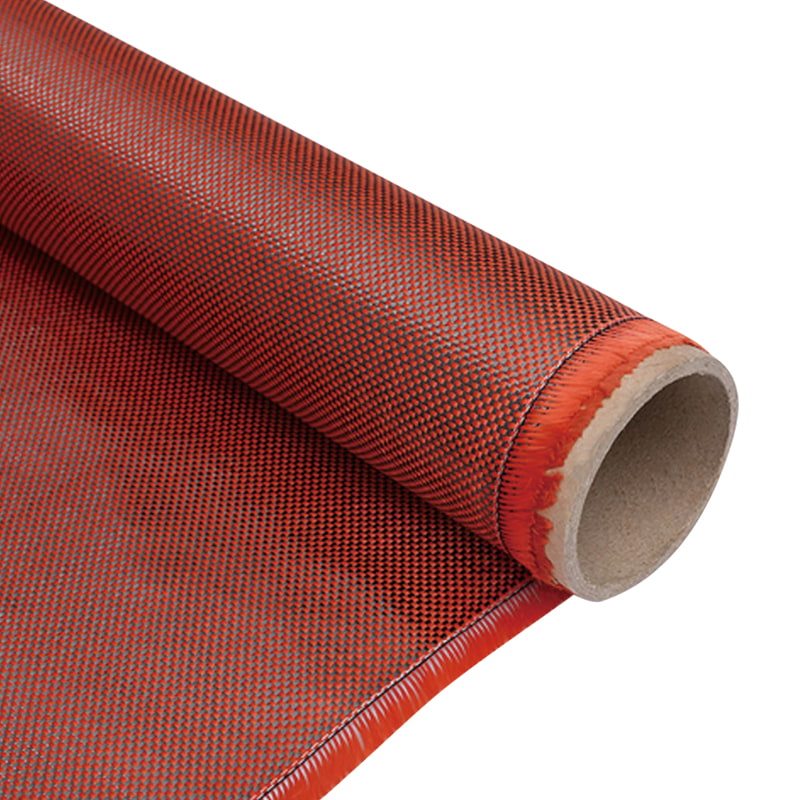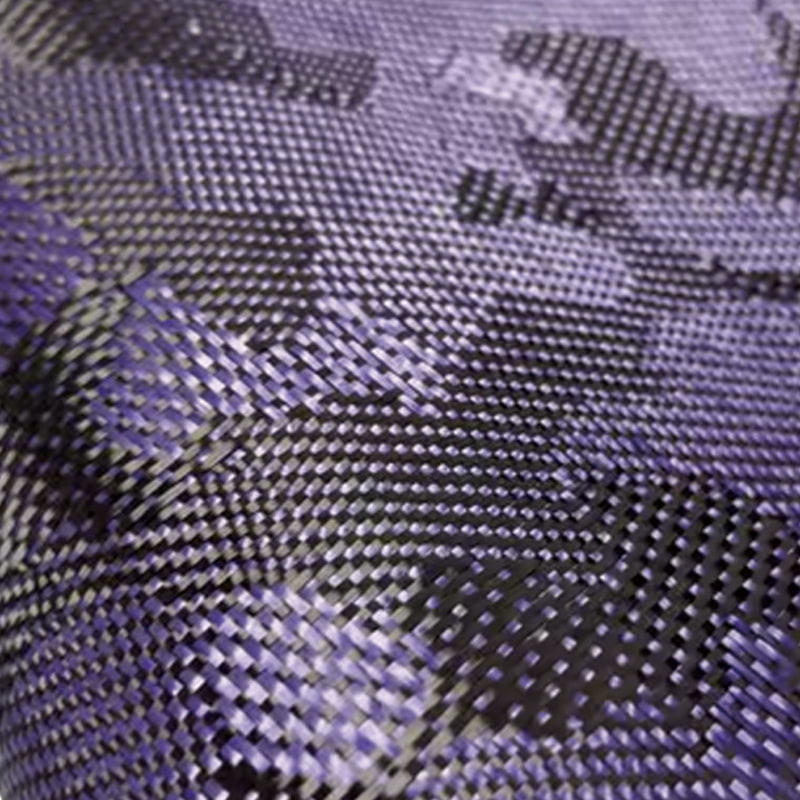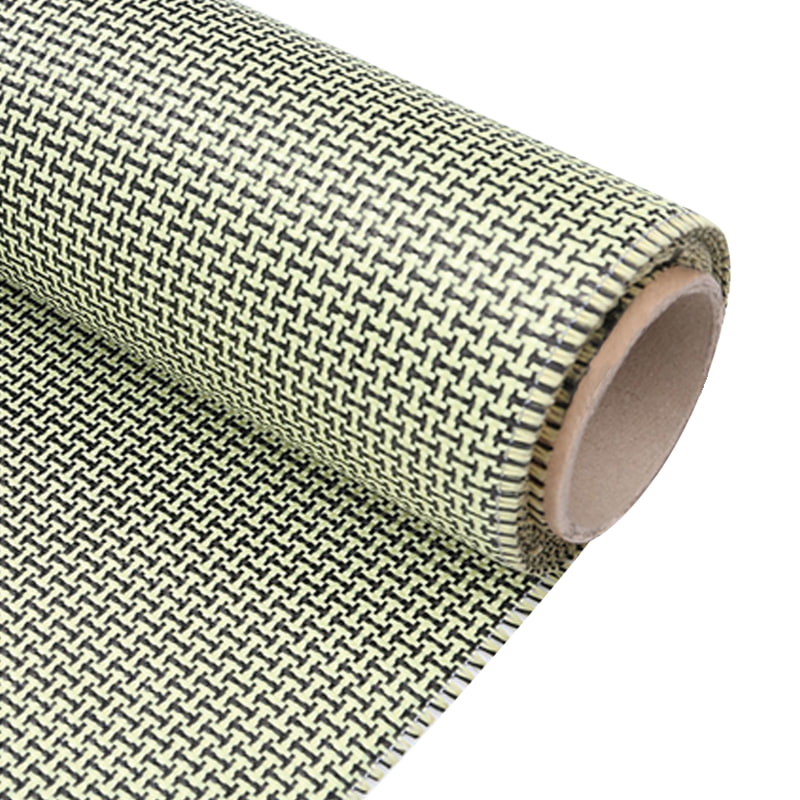In the advanced world of composite materials, the quest for the perfect balance of strength, lightness, and durability is never-ending. While carbon fiber and aramid fibers are impressive on their own, a true engineering marvel emerges when they are combined. This guide delves deep into the world of Aramid-Carbon Mixed Fabric, exploring its unique properties of aramid carbon hybrid fabric, diverse applications, and the key considerations for its use. By understanding this hybrid, you can unlock new possibilities in design and performance.
What is Aramid-Carbon Mixed Fabric?
At its core, an Aramid-Carbon Mixed Fabric is a textile reinforcement material created by interweaving strands of carbon fiber and aramid fiber. This is not a simple blend but a deliberate architectural combination within a single fabric layer. The goal is to create a composite that mitigates the weaknesses of each individual fiber while amplifying their collective strengths, offering a set of benefits of mixed aramid carbon weave that is greater than the sum of its parts.
The Synergy of Two High-Performance Fibers
The fundamental principle behind this hybrid fabric is synergy. Carbon fiber is renowned for its exceptional tensile strength and stiffness, contributing to a part's structural rigidity. Aramid fiber, on the other hand, is famous for its toughness, impact resistance, and energy absorption. When woven together, the carbon fibers provide the backbone, while the aramid fibers act as a sophisticated shock absorption system, preventing catastrophic failure upon impact.
- Carbon Fiber Contribution: Provides high tensile modulus, compressive strength, and dimensional stability.
- Aramid Fiber Contribution: Introduces high fracture toughness, damage tolerance, and resistance to abrasion.
- Combined Effect: The resulting composite is not only strong and stiff but also exceptionally tough and resilient against sudden impacts.
Key Properties and Advantages of Aramid-Carbon Hybrid Fabric
The unique combination of fibers endows the hybrid fabric with a distinctive property profile that makes it suitable for the most demanding applications of carbon aramid composite. Understanding these properties is crucial for material selection.
Unmatched Strength-to-Weight Ratio
Both carbon and aramid fibers are inherently lightweight. By combining them, the fabric maintains an extremely low density while offering a balanced strength profile. This makes it ideal for weight-critical applications where every gram counts without sacrificing structural integrity.
- Significantly lighter than metals like steel and aluminum.
- Offers a more balanced strength profile compared to using either fiber alone.
- Enables the design of thinner, lighter components without compromising performance.
Superior Impact Resistance and Damage Tolerance
This is arguably the most significant benefits of mixed aramid carbon weave. Pure carbon fiber composites can be brittle and may shatter upon a sharp impact. Aramid fibers are ductile and excel at absorbing and dissipating energy. In a hybrid, the aramid fibers help to contain damage, preventing cracks from propagating through the carbon fibers, leading to a much safer and more reliable component.
- Aramid fibers absorb impact energy through fibrillation and fiber deformation.
- Hybrid fabrics exhibit a "fail-safe" characteristic rather than a sudden, brittle failure.
- Greatly reduces the risk of splintering, a common concern with pure carbon fiber parts.
Enhanced Vibration Damping and Fatigue Resistance
Aramid fibers have excellent inherent damping properties. When integrated into a composite, they help to dissipate vibrational energy more effectively than carbon fiber alone. This results in components that are quieter, smoother in operation, and more resistant to fatigue caused by cyclic loading, which is critical in dynamic applications like robotics and aerospace.
- Reduces noise and resonance in structural parts.
- Extends the service life of components subjected to constant vibration.
- Improves performance in precision instruments by minimizing vibrational interference.
Primary Applications of Carbon Aramid Composite Materials
The unique properties of aramid carbon hybrid fabric open doors to a wide range of high-tech industries. The material's ability to be molded into complex shapes further expands its applications of carbon aramid composite potential.
Aerospace and Aviation Components
In aerospace, where weight savings directly translate to fuel efficiency and performance, and safety is paramount, hybrid composites are invaluable. They are used in interior panels, drone arms, and even secondary structural elements of aircraft, where their impact resistance and light weight are critical.
- Unmanned Aerial Vehicle (UAV) frames and propellers.
- Aircraft interior panels and luggage bins.
- Non-primary structural brackets and housings.
High-Performance Automotive and Racing
From Formula 1 to top-tier sports cars, hybrid fabrics are used to create body panels, monocoques, and impact-absorbing structures. The combination of stiffness for handling and impact resistance for driver safety makes it a material of choice.
- Racing car bodywork and aerodynamic components.
- Lightweight safety cells and crash structures.
- High-end automotive interior trims and structural reinforcements.
Premium Sports Equipment and Protective Gear
The sports industry leverages this material for equipment that requires both responsiveness and safety. Bicycle frames, hockey sticks, and helmets benefit from the stiffness provided by carbon and the impact protection offered by aramid.
- High-performance bicycle frames and rims.
- Protective helmets for cycling, motorsports, and winter sports.
- Lightweight, high-strength kayak paddles and tennis rackets.
Aramid vs Carbon Fiber: Why Hybridize?
The debate of aramid vs carbon fiber hybrid fabric is central to understanding the value of the mixture. Each fiber has distinct characteristics, and a direct comparison highlights why their combination is so powerful.
Comparative Analysis of Individual Fibers
Before delving into the hybrid, it's essential to understand the base materials. The following table provides a clear comparison of their key attributes, which is fundamental to the process of how to choose aramid carbon hybrid material.
| Property | Carbon Fiber | Aramid Fiber |
| Tensile Strength | Very High | Very High |
| Compressive Strength | High | Low to Moderate |
| Stiffness (Modulus) | Extremely High | High |
| Impact Resistance | Low (Brittle) | Extremely High |
| Density | Low | Low |
| Failure Mode | Catastrophic (Shattering) | Ductile (Fibrillation) |
The Hybrid Advantage: Creating a Superior Material
As the comparison shows, carbon and aramid have complementary weaknesses. Carbon is weak in compression and impact, while aramid is weak in compression. By creating a hybrid, engineers effectively "cancel out" these weaknesses. The carbon fiber supports the aramid against compressive loads, while the aramid protects the carbon from impact damage, resulting in a composite that is both stiff and tough—a combination rarely found in nature or engineering.
- Balanced Performance: Achieves a middle ground that is difficult to obtain with a single fiber type.
- Design Flexibility: Allows engineers to tailor the material's behavior by adjusting the ratio and weave of carbon to aramid.
- Cost-Effectiveness: In some cases, using a hybrid can be more cost-effective than using a full carbon fiber solution while offering superior impact performance.
How to Choose the Right Aramid Carbon Hybrid Material
Selecting the appropriate Aramid-Carbon Mixed Fabric is a critical step. The process of how to choose aramid carbon hybrid material involves evaluating several technical specifications against your application's requirements.
Understanding Weave Patterns and Areal Weight
The weave pattern (e.g., plain, twill, satin) affects the fabric's drapeability, stability, and surface finish. The areal weight (grams per square meter) directly influences the thickness and final weight of the composite part. A heavier fabric with a twill weave might be chosen for a highly visible, structural automotive panel, while a lighter plain weave might be better for a complex-shaped drone component.
- Plain Weave: Highly stable and inexpensive, but less drapeable.
- Twill Weave: Good compromise between stability and drapeability; offers a distinctive aesthetic.
- Satin Weave: Excellent drapeability and a smooth surface finish, ideal for complex contours.
Evaluating the Resin Compatibility and Manufacturing Process
The fabric is only one half of the composite; the resin matrix is the other. It is vital to ensure the fabric is compatible with your chosen resin system (epoxy, polyester, vinyl ester) and manufacturing process (vacuum bagging, prepreg, RTM). Aramid fibers can be hygroscopic (absorb moisture), which requires proper drying before use with certain resins to prevent voids and poor adhesion.
- Confirm the sizing on the fibers is formulated for your resin system.
- Consider the manufacturing temperature and pressure to ensure the fabric can withstand the process without degradation.
- For wet lay-up, ensure the fabric's weave allows for thorough resin wet-out.
Football Pattern Aramid Carbon Blended Fiber Cloth
FAQ
What are the main disadvantages of aramid-carbon hybrid fabric?
While offering significant benefits of mixed aramid carbon weave, there are some challenges. Firstly, it is generally more expensive than standard fiberglass or single-fiber composites. Secondly, the manufacturing process can be more complex, as aramid fibers are prone to absorbing moisture and can be difficult to cut and machine cleanly. Finally, the different fiber types can sometimes lead to galvanic corrosion if not properly isolated in certain environments.
Can aramid-carbon fabric be used for ballistic protection?
Yes, the combination is highly effective for ballistic applications, which is a key applications of carbon aramid composite. In this context, the Aramid-Carbon Mixed Fabric is often used in a different configuration, such as separate layers rather than a co-woven fabric. The carbon fiber adds structural rigidity to the armor panel, while the aramid layers are the primary component for stopping projectiles through their exceptional energy absorption.
How does the cost compare to pure carbon fiber?
The cost of Aramid-Carbon Mixed Fabric is typically higher than pure carbon fiber fabric of a similar weight and weave. This is due to the additional processing required to combine the two fibers and the inherently high cost of aramid fibers. However, when viewed from a system-level perspective, the enhanced impact resistance can lead to cost savings by reducing part failure, improving safety, and potentially allowing for thinner or fewer layers of material to be used.
Is it possible to repair aramid-carbon composite parts?
Repairing hybrid composites is possible but requires specific expertise. The different material behaviors mean that standard carbon fiber repair patches may not bond optimally or behave identically under load. A successful repair involves careful surface preparation, often including plasma treatment for the aramid components, and the use of compatible adhesives and patches that respect the hybrid nature of the original material to restore its properties of aramid carbon hybrid fabric.
 English
English  中文简体
中文简体 عربى
عربى Tiếng Việt
Tiếng Việt
